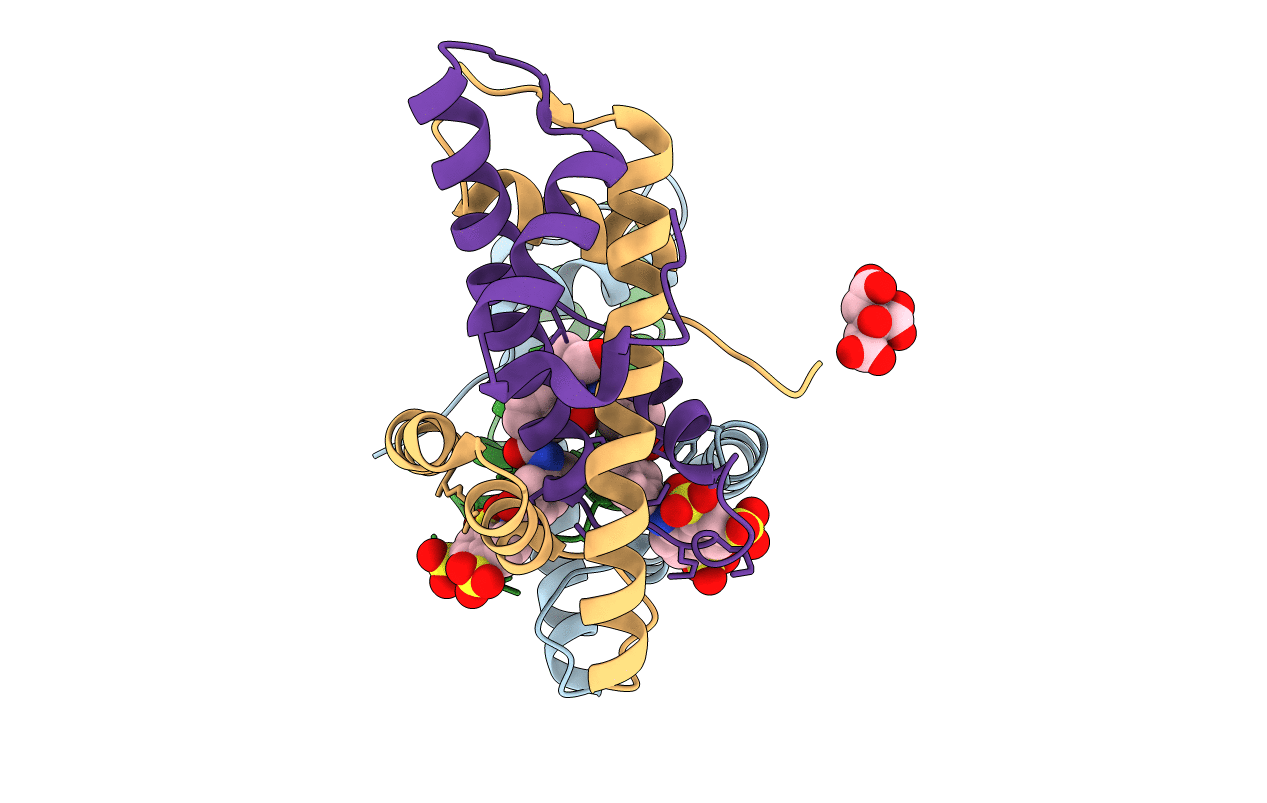
Deposition Date
2020-09-24
Release Date
2021-08-04
Last Version Date
2024-01-31
Method Details:
Experimental Method:
Resolution:
2.70 Å
R-Value Free:
0.27
R-Value Work:
0.22
R-Value Observed:
0.22
Space Group:
P 21 21 21


